SUMMARY
This is AI generated summarization, which may have errors. For context, always refer to the full article.
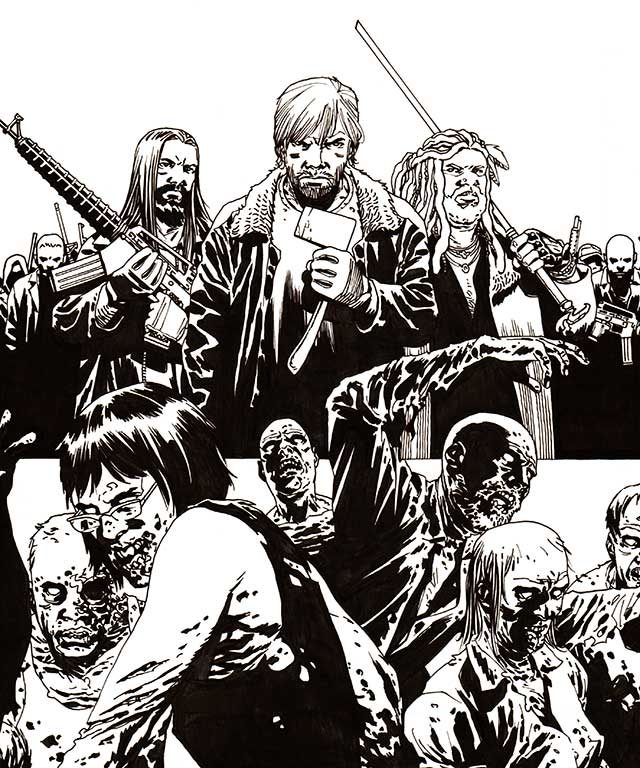
When the opportunity came up to speak to Charlie Adlard, artist of The Walking Dead comic (the source material from which the popular TV series was adapted), I initially balked.
Neither a zombie nor a horror fan, I could never get myself to sit through an episode. There remained this niggling feeling at the bottom of my spine, however: You don’t often get to peer into the brain of a guy who’s just finished one hundred consecutive issues of a single comic book without breaking a sweat.
Looking back, I am so grateful for the opportunity. Adlard is a pleasure. He’s got some strong opinions and a jolly, uniquely British self-deprecating wit that you don’t expect from a guy who spends his working hours drawing detailed amputations and rotting flesh.
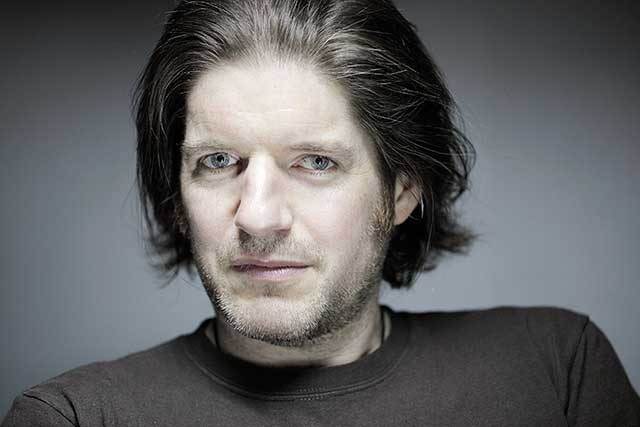
The Walking Dead comics, about the lives of a band of survivors living after humanity has been overtaken by an infectious zombie-spawning plague, are a near-constant on graphic novel bestseller lists.
As of June 6, 2014, the oversized Compendium One- at over five pounds, it’s so heavy you can murder someone with it- compiles the first eight comic issues and has 1,119 reviews plus a full five star ranking on Amazon. It’s ranked # 553 out of overall books. The latest collection, Vol. 20, is # 6 on the New York Times bestseller list. The original comic, currently at 128 issues, has spun off into a wildly popular TV series, plus video games, merchandise.
You can’t ignore that kind of success.
Part of the reason why The Walking Dead has become so popular amongst comic and non-comic fans alike is due to Adlard’s emphasis on clarity in storytelling. Pick up an issue, and a relative newcomer to comics could easily decipher the actions and flow from panel to panel. Adlard prefers straightforward panel layouts, which bucks the current trend for increasingly baroque page compositions that cater mostly to hardcore comic fans. For Adlard, the art services the story above all else:
“I just want to tell the story clearly because, at the end, no matter how beautiful the art work, if you’re not telling a story you are not doing your job in comics.
Believe me, I’m an artist and I pick up comic books for the art, but there are plenty of artists out there that can’t really tell a story. I’ll buy their art and buy everything they do, but totally appreciate that it’s not working as a story. I like to try and combine both- make it work as art, and make it work as story.’
It’s easy to see Adlard’s background in film – he received a Bachelor of Arts in Maidstone Art College – guiding his work. The Walking Dead’s art is cinematic but never extreme, like watching a movie unfold before your eyes. His sense of pace is masterful but subtle, as in the best movies.
‘Let’s face it, if you’ve never read a comic book before, or since you were a kid (and possibly this generation hasn’t read a comic book at all as a child because comics are simply not as readily available as they were 20, 30 years ago), you may have some difficulty,” he said.
“There is a technique to reading a comic. They’re not the most obvious thing to read. There are rules to reading a comic book, and if you don’t know those rules, you will struggle to comprehend it. Even the most basic storytelling. If you do it simplistically, you’re giving people a better chance.”
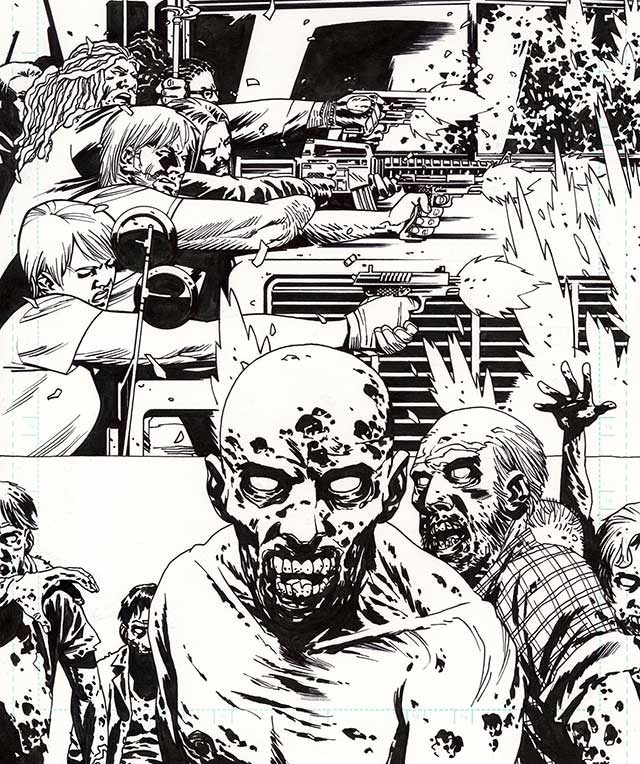
Adlard’s a great visual storyteller, but admittedly not a writer. When asked if he’d ever consider writing one of his own books, or even write an issue of The Walking Dead, he admits he’s perfectly content to leave the actual plotting and writing to others.
He and The Walking Dead creator and writer Robert Kirkman have honed a system over their over-100-issues’ worth of collaboration that that plays to the others’ strengths, and is focused on speeding up the comics’ production:
“I don’t have a hand in the plotting. Robert and I pretty much work in our own bubbles, writing and art. More for the fact that we’re a monthly book, and we want to come out as regularly as possible. Unfortunately in the American industry, keeping it regular counts for a lot. So, we don’t want to go off schedule, for instance every six weeks. We want to do as is traditional.
Robert will write a script, and it’s a fairly basic script. We’ve been working together for ten years so we know how each other functions, our strengths and our weaknesses. There’d be minimal descriptions, its set out Panel 1, Panel 2. I’ve got free reign to set out the issue myself. That’s my part of the storytelling.”
Despite The Walking Dead’s success, you get the sense that Adlard is raring to explore stories beyond the zombie universe. He’s made no secret about his love for French comic books, which differ from their American counterparts.
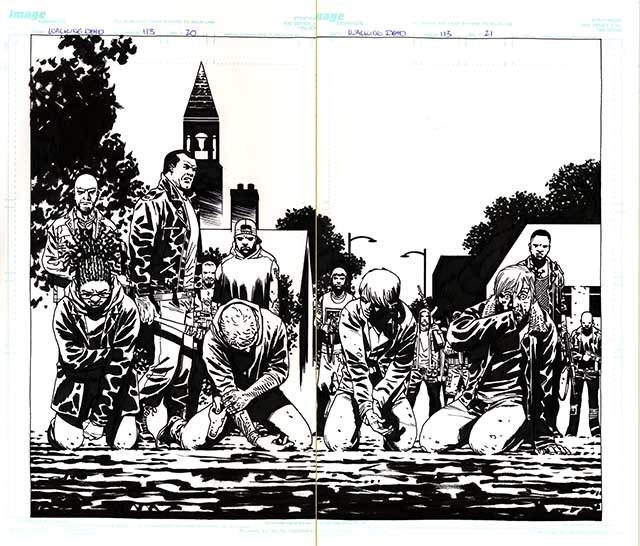
Unlike an American comic, which traditionally appears on store shelves on a monthly schedule in 22-page magazine or “floppy” volumes, a French comic album comes out far more irregularly, in lush 46-page hardbound albums. Under the American system, creating 22 pages of fully realized art each month puts the onus on the artist to produce according to deadline.
The French system could be characterized as laissez faire- take as long as you like, but do it beautifully. French comics- from the alien landscapes of Moebius to the sensuous pastel thrillers of Bilal- are famous for their intricate art work, the caveat being that they take much longer than a standard American comic to produce. It’s not uncommon for an artist to take a year or more between volumes. Adlard finds this production schedule liberating:
“As much as I like the American industry, one of my main complaints, because of the very nature of doing 22 pages a month, you can produce hundreds of pages a year. Whereas in France, an artist will work on one book per year, so really they’re only producing only 40-50 pages of art work in that year.
The American industry process affords you the luxury of being quite lax, and possibly lazy. You can stretch a story quite a long way. You always feel, ‘We’ve got 22 pages! We can just take ten pages to tell a sequence! We can do a double page spread [a single page layout stretched over both the recto and verso leaves of a book] for no apparent reason!’
Whereas, going back to pure storytelling, because you haven’t got that luxury to sit back and relax in French comics, you’ve really got to get in there with the story. I also just like the respect they give you in France. It’s called the ninth art over there, on par with painting, sculpture, and filmmaking.”
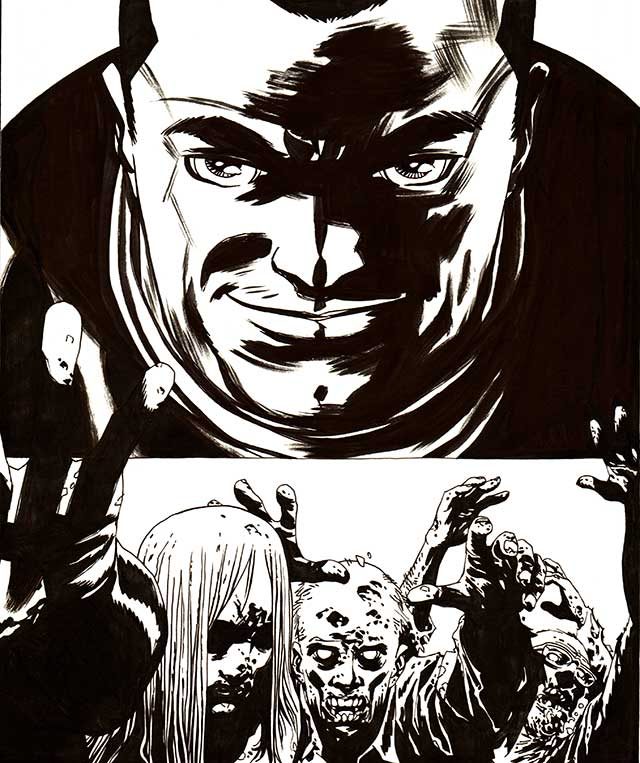
So what’s’ next for Adlard? His two works in progress, The Passenger (written by Walking Dead writer Robert Kirkman) and Vampire State Building will both be published in the French format.
The sneak peak Adlard offered me on his IPhone made me salivate: dense, intricate panels that still retain the stark grimness of his signature style.
Unfortunately In true French fashion, they’re still a couple of years away from publication. Meanwhile, his fans can satiate themselves on his ongoing The Walking Dead issues, because Adlard isn’t going to shamble off anytime soon. – Rappler.com
 Tintin Pantoja is a freelance illustrator and instructor with a BFA in Cartooning and Illustration from the School of Visual Arts in New York City. She teaches a comics-making class for aspiring creators at the child and adult level. Find out more at ComicSchoolManila.com or via Facebook
Tintin Pantoja is a freelance illustrator and instructor with a BFA in Cartooning and Illustration from the School of Visual Arts in New York City. She teaches a comics-making class for aspiring creators at the child and adult level. Find out more at ComicSchoolManila.com or via Facebook
Add a comment
How does this make you feel?
There are no comments yet. Add your comment to start the conversation.